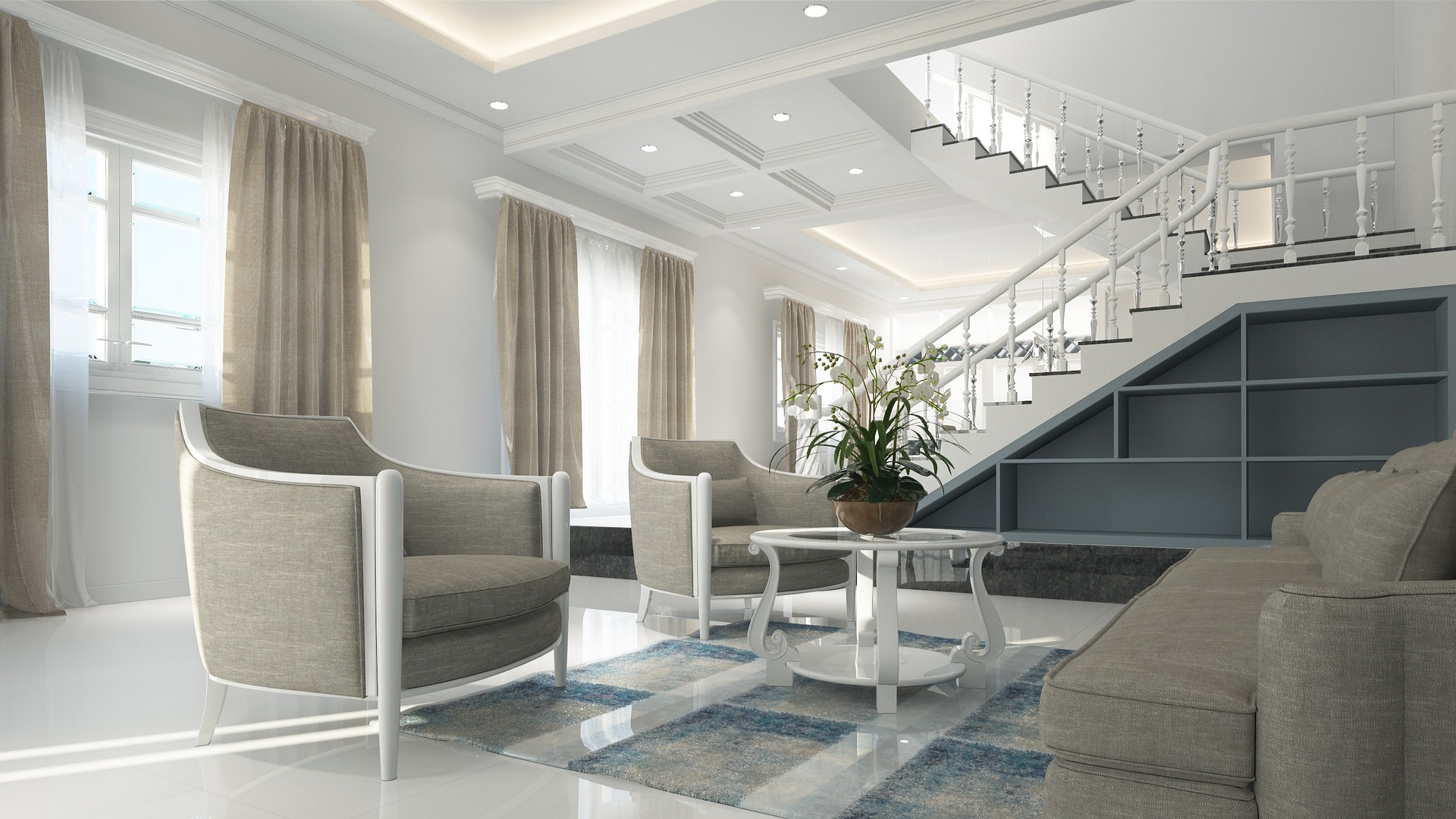
Wood in interior design
Wood is considered a naturally beautiful and attractive material in interior design for a number of reasons:
– Warmth and authenticity: Wood evokes a feeling of warmth and conviviality. It adds a natural, organic touch to a space, creating a welcoming, soothing atmosphere. Wood also offers a certain authenticity and connection with nature, which can be particularly appreciated in an urban or modern environment.
– Texture and pattern: Wood presents a variety of unique textures and patterns that can add visual richness to a space. From fine, delicate wood grains to bolder, more distinct patterns, wood offers a diversity of visual characteristics that can complement different decorating styles.
– Aesthetic versatility: Wood can be adapted to a wide range of interior design styles. It can provide a rustic, traditional feel, classic elegance, minimalist simplicity or a contemporary touch, depending on how it is used and combined with other decorative elements. Its aesthetic versatility makes it a popular choice for many interior designers.
– Color and tone: Wood offers a variety of natural colors and tones, from light, bright hues to richer, darker shades. Wood’s color palette creates interesting contrasts and harmoniously complements other decorative elements and furnishings.
– Durability and resistance: Wood is a durable and resistant material, making it a reliable choice for interior design. It can withstand everyday wear and tear, light impact and moisture, while retaining its attractive appearance for many years. This durability makes it a wise investment for long-term decorating.
– Ease of integration: Wood can be easily integrated into different spaces and interior design elements. Whether in the form of flooring, furniture, wall cladding, exposed beams or decorative accessories, it generally blends well with other materials and textures, enabling creative and harmonious combinations.
Adding wood trim to an interior design scheme can bring a number of aesthetic and functional benefits. Woodwork generally refers to wooden elements, such as wainscoting, moldings, baseboards, door frames and beams, which are used to decorate and dress walls, ceilings and other interior surfaces. Here are some common reasons for adding wood trim to an interior design scheme:
1. Aesthetics and charm: Woodwork adds timeless charm and warm elegance to a space. It adds texture, depth and visual richness that can transform ordinary walls into eye-catching design elements. Whether in a traditional, classic or rustic style, woodwork can create a refined, sophisticated ambience.
2. Defining spaces: Woodwork can be used to visually delineate spaces and create distinct zones. For example, the use of wainscoting or moldings on walls can help define an entrance area, dining room or workspace, adding structure and visual separation between different parts of a room.
3. Adding architectural character: Woodwork can help add character and style to a room. Wood moldings and ornaments can accentuate existing architectural details or even recreate the look of classic architectural elements, such as columns, arches or vaulted ceilings. This can give a space a more elaborate, personalized look.
4. Conceal imperfections: Woodwork can be used strategically to hide imperfections in walls, ceilings or surfaces. It can conceal cracks, irregularities or other construction defects, offering an aesthetic solution to improve the overall appearance of a space.
5. Acoustic insulation: Wood surfaces, especially thick ones, can help to attenuate noise and improve room acoustics. Woodwork can help create a quieter interior environment by reducing sound reverberation and absorbing some of the ambient noise.
6. Durability and longevity: Wood is a durable, hard-wearing material, making it a reliable choice for woodwork. It can withstand daily wear and tear and retain its attractive appearance for many years. What’s more, there’s a wide variety of wood species with different colors, patterns and finishes, offering flexibility of choice to suit different styles and preferences.
It’s important to note that the addition of wood panelling to an interior design scheme must be done with care and in harmony with the overall style of the room.
In short, woodwork plays an important role in interior design, adding beauty, character, spatial definition and function to the room.

0 comments